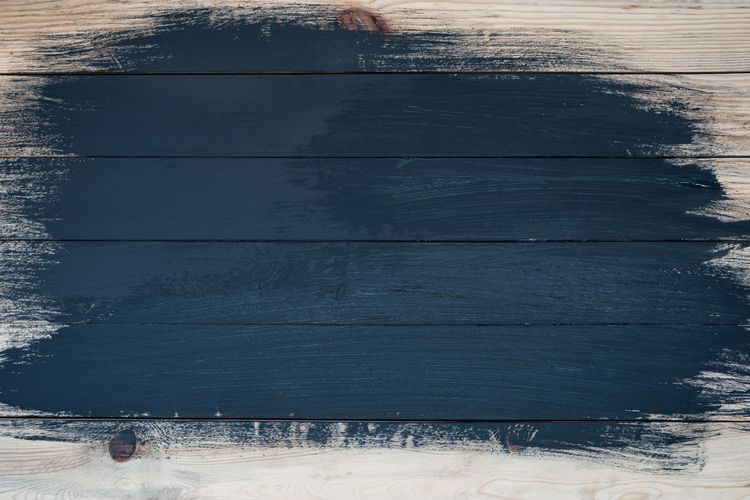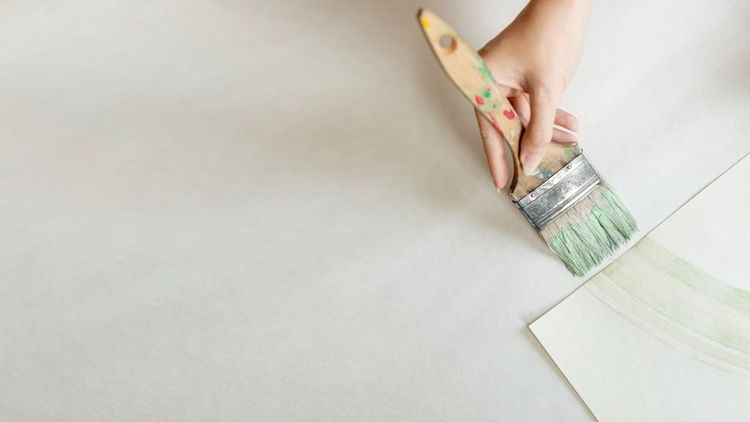What to consider when restoring a wooden floor
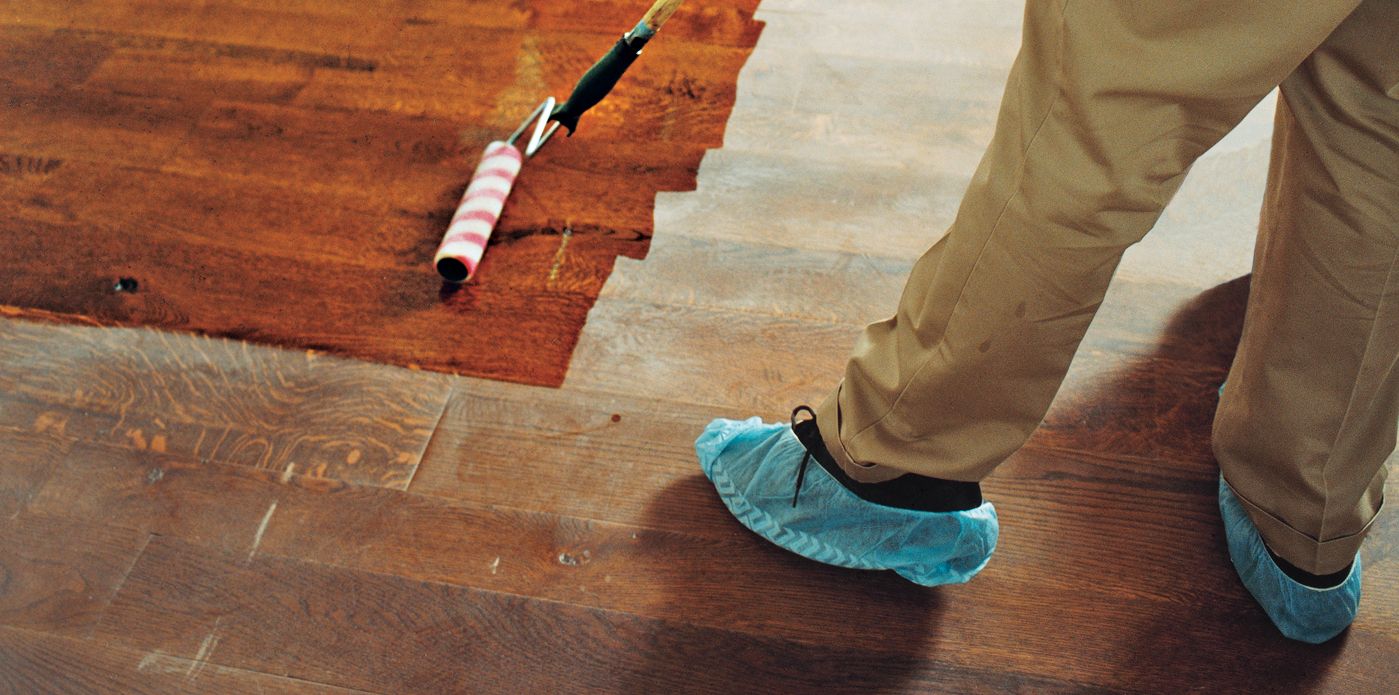
Restoring a wooden floor is both an art and a science, offering a unique opportunity to breathe new life into a timeless feature of your home. Wooden floors carry the essence of a home's history and character, but over time, they can become worn and lose their luster. The process of restoring these floors involves more than just sanding and refinishing; it requires a deep understanding of the wood's nature, the home's environment, and the daily wear and tear the floor endures. This article delves into the crucial factors to consider before undertaking a wooden floor restoration project, ensuring that you preserve the beauty and integrity of your flooring while enhancing the overall ambiance of your space. From assessing the condition of the wood to selecting the right finishing products, each step is vital in reviving your wooden floor to its former glory.
Basic Scope of Work
Restoring a wooden floor requires a comprehensive approach to ensure its longevity and beauty. The first steps in the process involve a thorough evaluation of the floor's condition and deciding on the necessary restoration methods. Below, we explore the initial assessments needed to determine the scope of work for restoring your wooden floor.
Determining the State of Wear and Tear
Before any restoration begins, it is essential to assess the current state of the wooden floor. This involves looking for signs of wear and tear such as deep scratches, dents, discolored areas, and patches where the finish has worn off. Depending on the extent of damage, the restoration could range from a simple refinish to more extensive repairs. It’s also important to consider the age of the floor and the number of times it has previously been refinished, as this can impact the thickness of the wood and its suitability for further sanding and treatment.
Whether the Floor Needs Leveling
One critical aspect of assessing a wooden floor for restoration is determining its level. Floors can settle unevenly over time or may have been unevenly installed. A discrepancy of +/- 5 cm or more can significantly affect the aesthetics and functionality of the floor. It's important to use a laser level or a long spirit level to measure the floor's flatness accurately. If significant unevenness is found, the floor may require leveling compounds or potentially even more extensive subfloor repairs before any cosmetic work can begin.
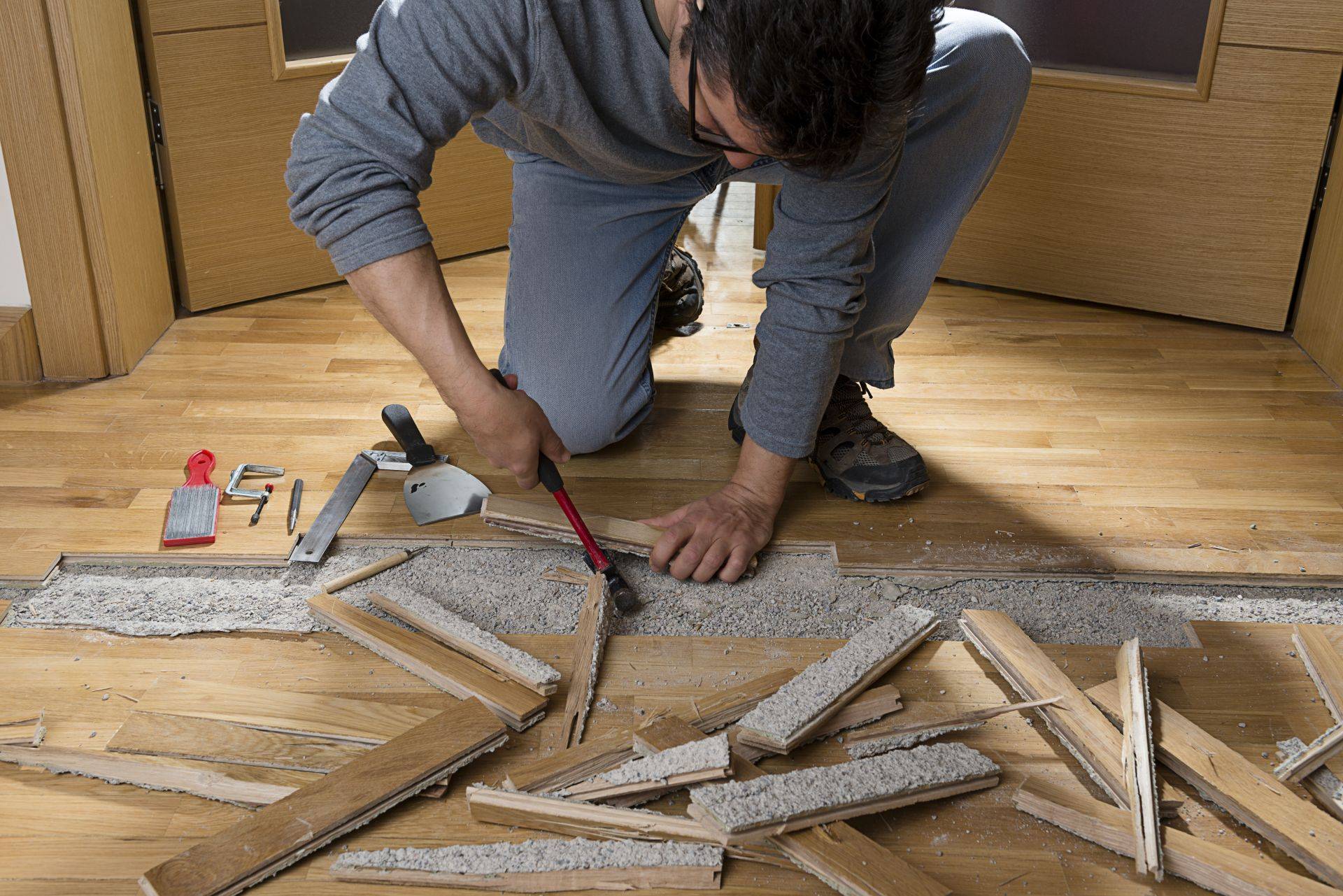
Are There Any Creaking Noises
Creaking noises are common in older wooden floors and can indicate several issues, including loose boards, gaps between the planks, or issues with the subfloor itself. To address creaking, it's crucial to identify the exact source of the noise. This may involve checking for loose nails, gaps that need filling, or subfloor issues that need rectification. Solving these problems not only improves the floor's sound but also its overall stability, which is essential before proceeding with sanding, refinishing, or other restorative work.
Whether the Boards Need to Be Replaced
A crucial step in restoring a wooden floor is determining if any boards need replacing. This decision is typically based on the extent of damage such as deep cracks, rot, or irreversible staining that cannot be remedied by sanding or other surface treatments. It is also important to match the new boards with the old ones in terms of species, size, and finish to maintain a consistent look across the floor. Sometimes, if historical accuracy or specific patterns are crucial, sourcing appropriate replacements can be a challenge but is essential for a seamless restoration.
Removal of the Old Protective Coating Layer
Before any refinishing can be done, the old protective coating, or finish, must be completely removed from the floor. This usually involves sanding the floor down to bare wood. Sanding not only removes the old finish but also smooths out minor scratches and evens out the surface. Care must be taken to use the correct grit sequence and to sand uniformly to avoid uneven spots, which could lead to a less-than-satisfactory finish after the new protective layer is applied.
Caulking
Caulking is used to fill any gaps between floorboards that may have appeared over time due to the wood contracting and expanding with changes in humidity. These gaps can collect dirt and detract from the overall appearance of the floor, and if left unfilled, can affect the structural integrity of the flooring. Using a flexible, paintable caulk that matches the color of the wood will ensure that these gaps are not only sealed but also remain discreet.

Find Dents and Scratches
Part of the restoration process is identifying and repairing dents and scratches. Smaller imperfections can usually be removed through sanding, but deeper dents might require the use of wood filler. When selecting a filler, it is important to choose one that can be sanded and is capable of accepting stains to match the existing floor. This ensures that repairs blend seamlessly with the surrounding area.
Are the Supports Good
The condition of the floor's supports is essential for the overall stability and longevity of the wooden flooring. If there are no signs of creaking or sagging when walking across the floor, the supports are likely in good condition. However, if any issues are suspected, a more thorough inspection by a professional may be necessary to check for damaged joists or weakened support beams. Addressing these issues before continuing with the aesthetic aspects of restoration is crucial to ensure a solid, safe flooring system.
What to Consider When Installing a New Floor or Restoring an Old One
Choosing whether to restore an old floor or install a new one involves various considerations from material choices to the technical aspects of installation or restoration. Understanding these factors can help in making an informed decision that ensures the durability, aesthetics, and functionality of the flooring.
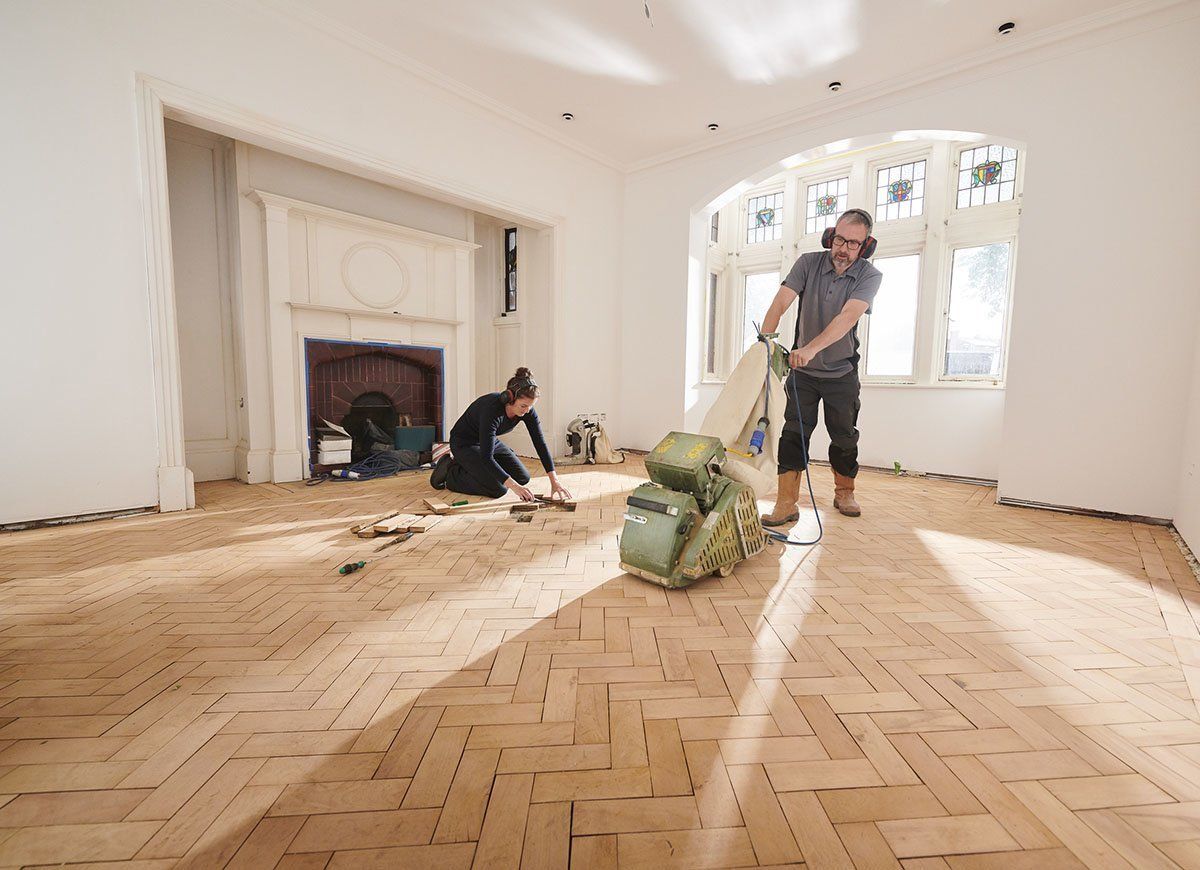
Floor Material
The choice of floor material is paramount whether installing new flooring or restoring an old one. Different materials offer varied benefits in terms of durability, maintenance, comfort, and visual appeal. Hardwoods like oak, maple, and walnut are popular for their longevity and classic look but might require more maintenance. Engineered wood provides a similar aesthetic but with greater moisture resistance. Laminates and vinyl offer durability and a wide variety of designs at a more affordable price point. Each material also behaves differently in terms of expansion and contraction with climate changes, so consider your local environment when selecting your flooring material.
Layers of Flooring
Understanding the layers that make up a flooring system is crucial, especially when restoring old floors or preparing for a new installation. Typically, these include the subfloor, underlayment, the floor material itself, and the top finish or sealant. Each layer serves a specific purpose, like providing structural support, noise insulation, moisture protection, or aesthetic finish. When restoring, you may need to replace or repair some of these layers, especially if there are issues like moisture damage or uneven surfaces. For new installations, ensuring that each layer is correctly applied according to manufacturer recommendations and building codes is key to the floor’s performance and longevity.
Selection of Specialized Sanding Equipment
For restoration projects, especially those involving hardwood, selecting the right sanding equipment is essential to achieve a smooth, level surface without damaging the wood. The type of sander will depend on the size of the project and the condition of the floor. Large belt sanders are ideal for extensive and relatively flat areas, while orbital sanders are better for fine finishing or dealing with floors that have intricate patterns or delicate wood. Edge sanders help in reaching the corners and edges where larger machines cannot operate effectively. Additionally, choosing the correct grit size for the sandpaper and progressing from coarser to finer grits ensures a finer finish and avoids unnecessary damage to the wood surface.
Selection of Fasteners
The choice of fasteners is crucial in both new installations and restoration projects as it directly affects the integrity and durability of the flooring. For hardwood floors, flooring nails or staples are commonly used because they provide a strong hold that allows for the natural expansion and contraction of the wood. Self-tapping screws may be used in situations where additional subfloor reinforcement is needed or for securing loose boards in a restoration project. The length and type of fastener will depend on the thickness of the flooring material and the nature of the subfloor. It's important to use fasteners that are suitable for the material to avoid damage like splitting wood or visible nail heads.
Should I Do the Floor Restoration Myself or Should I Trust a Professional?
Deciding whether to undertake a floor restoration project yourself or to hire professionals is a significant decision that depends on several factors, including the scope of the project, your skills, and the potential risks involved. While DIY projects can be rewarding and potentially cost-saving, floor restoration can be complex and requires specific tools and expertise.
Professionals bring a level of technical knowledge and experience that ensures the job is done correctly and efficiently. They are equipped to handle unexpected issues such as structural deficiencies, severe wear, or hidden damage that often go unnoticed until the project is underway. Moreover, professionals can guarantee a certain level of quality, with access to higher-grade materials and equipment that might not be economically feasible for a single project. The risk of exacerbating problems, such as uneven sanding, incorrect application of finishes, or improper use of tools, can lead to more significant expenses down the line.
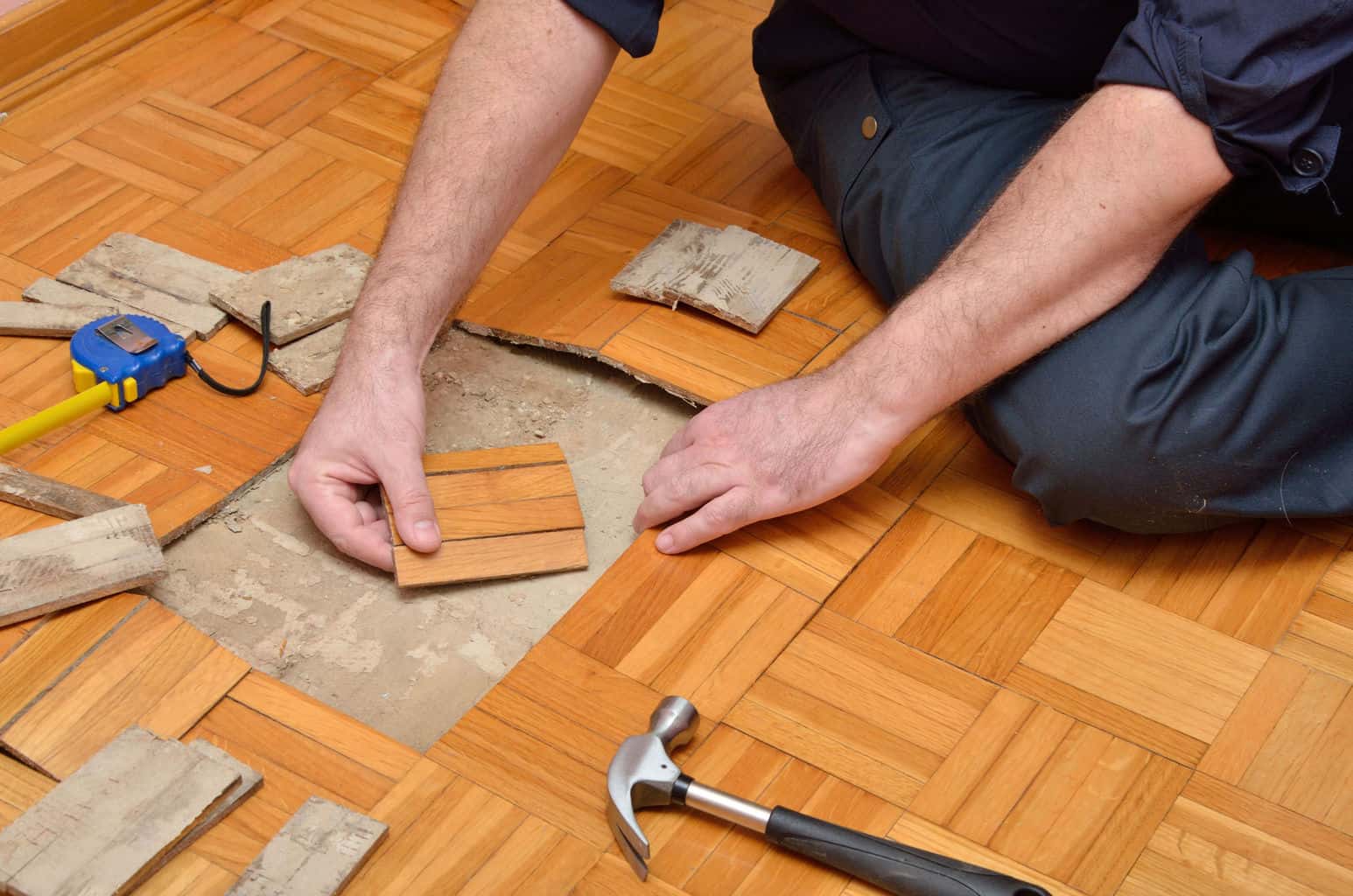
In conclusion, contacting professionals from the start is advisable as they can prevent potential harm and ensure the restoration is done qualitatively. This not only preserves the longevity and appearance of your floor but also safeguards your investment in your home.


